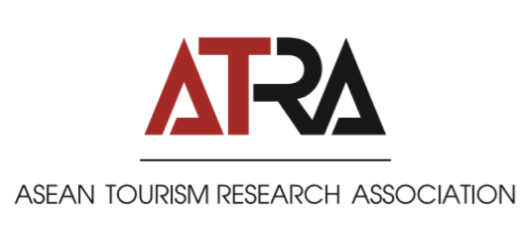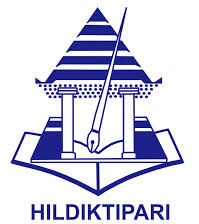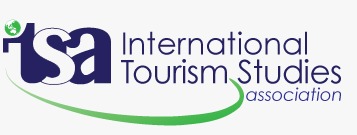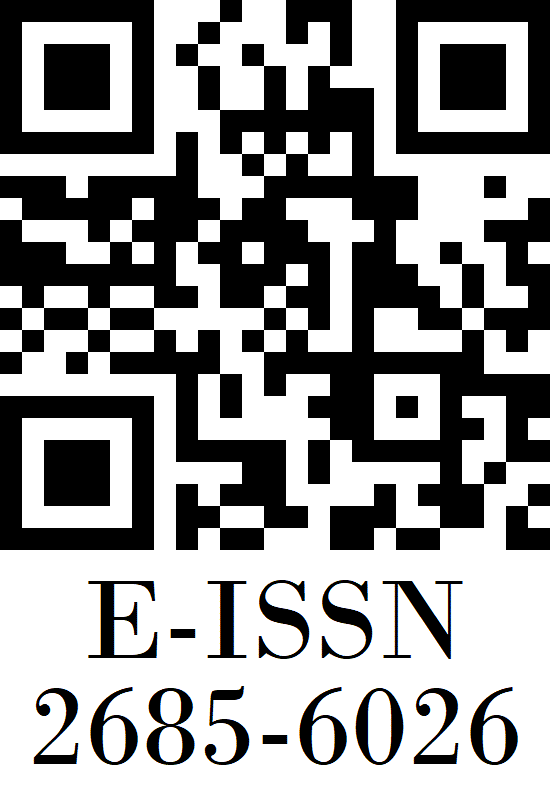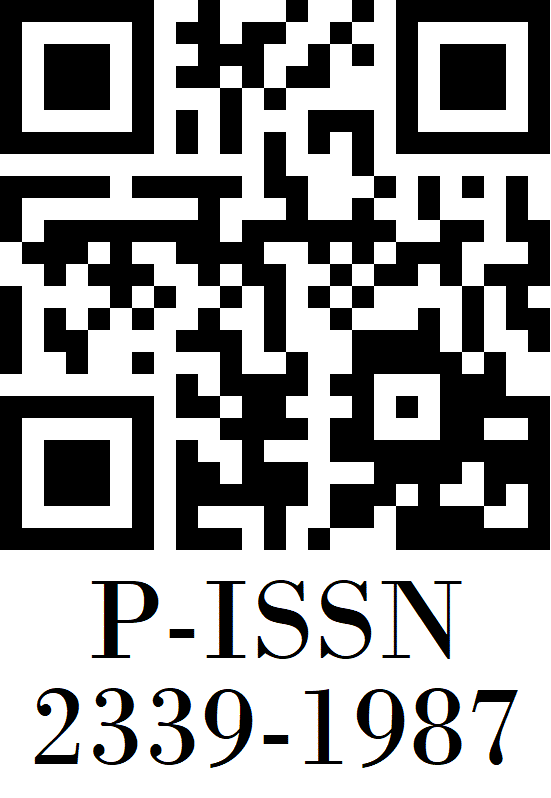KONSEP KOTAK GEOWISATA DAN PENERAPANNYA DI DESTINASI PARIWISATA CEKUNGAN BANDUNG
DOI:
https://doi.org/10.35814/tourism.v9i2.1816Keywords:
Bandung Basin, Geotourism, Geotourism Box, Tourism AttractionAbstract
The Bandung Basin region as a tourism destination in West Java Province has a geodiversity that is used as a tourism resource. The process and forms of geodiversity supported by biodiversity and cultural diversity added value for geotourism development in Bandung Basin Tourism Destinations. On the other hand, developing tourism policy in the Bandung Basin still identifies geodiversity as a tourism attraction. This study discusses the method of valuing nature-based tourism attraction as a geotourism attraction in two tourism areas in Bandung Basin Tourism Destinations. The approach used is qualitative research with a unit of analysis based on geotourism box elements which include process element, form, tourism, geobasic, geohistory, and geo +. Primary data was obtained through field observations and semi-structured interviews at four tourism attractions in Pasir Pawon and Djuanda Forest Park Areas. While secondary data is obtained through desk study on previous research and local government policies related to tourism development. The study found that the assessment of four tourism attractions that have geological diversity is still identified as a natural tourist attraction. The geotourism box provides a reinterpretation of more diverse nature-based tourist attractions. Nature-based tourism attraction that meets the criteria based on geotourism box elements is classified as geotourism attraction.
References
Brahmantyo, B., Bandono, & Sampurno. (2002, December). Analisis Geomorfologi Perbukitan Saguling-Sangiang Tikaro: Pengeringan Danau Bandung Purba Tidak Melalui Gua Sangiang Tikaro (Geomorphology Analysis of Saguling-Sangiang Tikaro Hills: Drying of Ancient Bandung Lake Not Through Sangiang Tikaro Cave). Majalah Geologi Indonesia, 17(3), 104–112.
Brahmantyo, B., Damajadi, D., Kusumawadhani, S., & Bachtiar, T. (2006). Geowisata Sejarah Bumi Bandung (Bandung Earth History Geotourism). Bandung: Badan Geologi, Departemen Energi dan Sumber Daya Mineral.
Brahmantyo, B., Yulianto, E., & Sudjatmiko, E. (2001). On The Geomorphological Development of Pawon Cave, West of Bandung, and The Evidence Finding of Prehistoric Dwelling Cave. Jurnal Teknologi Mineral, 8(2), 239.
Brahmantyo, B. (2013). Geotourism in Indonesian Perspective. Proceedings HAGI-IAGI Joint Convention Medan, 28–31. Medan.
Bronto, S., & Hartono, U. (2006). Potensi sumber daya geologi di daerah Cekungan Bandung dan sekitarnya. Jurnal Geologi Indonesia, 1(1), 9–18.
Dam, M. A. C. (1994). The late Quaternary evolution of the Bandung Basin, West Java, Indonesia (Ph.D Thesis). Vrije Universiteit Amsterdam.
Dam, M. A. C., & Siparan, P. (1992). Geology of The Bandung Basin (1st Edition). Bandung, Indonesia: Republic of Indonesia, Dept. of Mines and Energy, Directorate General of Geology and Mineral Resources, Geological Research and Development Centre.
Dam, M. A. C., Suparan, P., Nossin, J. J., & Voskuil, R. P. G. A. (1996). A chronology for geomorphological developments in the greater Bandung area, West-Java, Indonesia. Journal of Southeast Asian Earth Sciences, 14(1–2), 101–115. https://doi.org/10.1016/S0743-9547(96)00069-4
Dowling, R. K., & Newsome, D. (Eds.). (2006). Geotourism. Amsterdam ; Boston: Elsevier Butterworth-Heinemann.
Duarte, A., Braga, V., & Marques, C. S. (2019). How Smart Specialisation Strategies in Geotourism Contribute to Local Economic Development? The Case of Atlantic Geoparks. In J. Machado, F. Soares, & G. Veiga (Eds.), Innovation, Engineering and Entrepreneurship (Vol. 505, pp. 1005–1011). https://doi.org/10.1007/978-3-319-91334-6_138
Giovanni, B. C., Ab, P., & Rahardjo, P. (2019). Development of Mount Masigit area with geopark concept. IOP Conference Series: Materials Science and Engineering, 508, 012051. https://doi.org/10.1088/1757-899X/508/1/012051
Haerani, E., Muslim, F. N., Muslim, G. O., & Muslim, D. (2019). Human Resources in the Urban Environment of Citatah Mining Area, West Bandung Regency, Indonesia. IOP Conference Series: Earth and Environmental Science, 248, 012042. https://doi.org/10.1088/1755-1315/248/1/012042
Hendratno, A. (2002). Geowisata Merapi sebagai Perjalanan Wisata Minat Khusus di Lereng Merapi bagian Selatan, Yogyakarta. Jurnal Nasional Pariwisata, 2(2).
Hermawan, H., & Ghani, Y. A. (2018). Geowisata: Solusi Pemanfaatan Kekayaan Geologi yang Berwawasan Lingkungan. INA-Rxiv. https://doi.org/10.31227/osf.io/a5xd6
Kartasasmita, P. S., & Falconer, J. (2018). SUSTAINABLE AND COMMUNITY-BASED TOURISM MODELS FOR ALLEVIATING POVERTY IN CITARUM BASIN. Proceedings of the International Conference on Public Policy, Social Computing and Development 2017 (ICOPOSDev 2017). Presented at the International Conference on Public Policy, Social Computing and Development 2017 (ICOPOSDev 2017), Medan, Indonesia. https://doi.org/10.2991/icoposdev-17.2018.3
Kunto, H. (1986). Semerbak Bunga di Bandung Raya (Fragrant Flowers in Greater Bandung). Bandung, Indonesia: PT. Granesia.
Lutfianti, E., & Pratiwi, W. D. (2017). Geotrail Planning of Geotourism Area Cimenyan Sub-District, Bandung Rgency. ASEAN Journal on Hospitality and Tourism, 15(1), 62–73.
Newsome, D., & Dowling, R. K. (Eds.). (2010). Geotourism: The tourism of geology and landscape. Woodeaton, Oxford: Goodfellow Publ.
Newsome, D., Dowling, R., & Leung, Y.-F. (2012). The nature and management of geotourism: A case study of two established iconic geotourism destinations. Tourism Management Perspectives, 2–3, 19–27. https://doi.org/10.1016/j.tmp.2011.12.009
Newsome, D., Moore, S. A., & Dowling, R. K. (2013). Natural area tourism: Ecology, impacts, and management (2nd ed). Bristol: Channel View Publications.
Olson, K., & Dowling, R. (2018). Geotourism and Cultural Heritage. Journal of Geoconservation Research (GCR), 1(1), 37–41.
Rachmat, H., & Cita, A. (2014). The Role of Geological Museum to Support Geoconservation and Geopark Development in Indonesia. 6th International UNESCO Conference on Global Geoparks 2014 Abstracts, 50. https://doi.org/10.4138/atlgeol.2014015
Rosyidie, A., Leksono, R. B., & Adriani, Y. (2012). Scientific Tourism Potential in Bandung CIty. ASEAN Journal on Hospitality and Tourism, 11(2), 129–149.
Rothpletz, W. (1951). Bandung (Java) und die Entdeckung bronzezeitlicher Gussformen. Museum Für Völkerkunde.
Stehn, Ch. E. (1929). Bulletin of the Netherlands Indian Volcanological Survey.
Suhari, S., & Siebenhüner, M. (1993). Environmental geology for land use and regional planning in the Bandung Basin, West Java, Indonesia. Journal of Southeast Asian Earth Sciences, 8(1–4), 557–566. https://doi.org/10.1016/0743-9547(93)90053-R
Sungkar, A., Ichwani, S. N., Pratiwi, F. D., Utari A. V., & Astuti, I. W. (2011). Conserving Cultural and Biological Resourves of Pasir Pawon as Sacred Natural Site. Asian Trans-Disciplinary Karst Conference, 333–338. Yogyakarta, Indonesia: Karst Research Group, Faculty of Geography, Gadjah Mada University.
Syafri, I. (2009). Pengembangan Pariwisata Kawasan Gunung Wayang dan Sekitarnya. Bulletin of Scientific Contribution, 7(1), 37–48.
Tarigan, A. K. M., Sagala, S., Samsura, D. A. A., Fiisabiilillah, D. F., Simarmata, H. A., & Nababan, M. (2016). Bandung City, Indonesia. Cities, 50, 100–110. https://doi.org/10.1016/j.cities.2015.09.005
Umbgrove, J. H. F. (1929). Het ontstaan van het Diëngplateau. Leidsche Geol. Med. Dl. III.
van Koenigswald, G. H. R. (1935). Neolithicum der Umgebung von Bandung. 75(Tijdschriff voor Indische Taal-Land-en Volkenkunde), 394–419.
von Koenigswald, G. H. R. (1931). Fossielen uit Chineesche apotheken in West-Java. De Mijninginieur Geologische-Minbouwkundig Tijdschrift Voor Nederlandsche-Indie ̈ 12e Jaargang, 12, 189–193.
von Koenigswald, G. H. R. (1933). Beitrag zur Kenntnis der Fossilen Wirbeltierre Javas. I. Teil. Wetenschapplijke Me- Dedeelingen Dienst van Mijnbouw Nederlandsch-Indie ̈ 23.
von Koenigswald, G. H. R. (1935). Die fossilen Saeugetier-Faunen Javas. Proc. Kon. Akad. Wet, XXXVIII(2), 188–198.
Wulung, S. R. P. (2018). SPATIAL MODEL ANALYSIS OF BANDUNG BASIN GEOTOURISM DESTINATION (Bandung Institute of Technology). Retrieved from https://digilib.itb.ac.id/gdl.php?mod=browse&op=read&id=jbptitbpp-gdl-shandraram-28074
Wulung, S. R. P., & Brahmantyo, B. (2019). Geotourism Reinterpretation towards Natural Tourist Attractions in Bandung Basin, West Java, Indonesia. 3rd International Seminar on Tourism (ISOT 2018), 259, 278–282. Retrieved from https://www.atlantis-press.com/article/125909398




